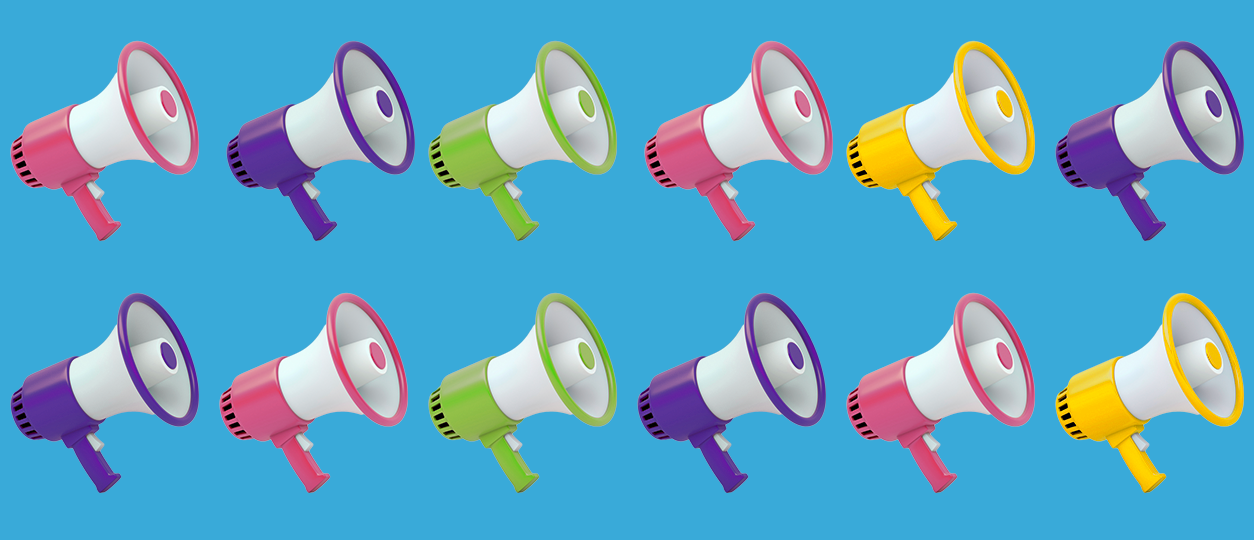Customer retention: what it is, why it matters and how to calculate it

Customer retention strategy. What do you think when you hear that phrase?
Do you nod knowingly and think ah yes, that strategy growing our business with happy customers and long-term revenue. Or do you wince and think yikes, I’m too busy acquiring customers and fighting fires to worry about that.
If you fall into the latter camp, you’re not alone. Most marketers do.
But that’s a mistake. Your existing customers are your most valuable asset.
That’s why Mention Me was specifically created to help businesses engage customers so they keep returning, and it’s already fuelling long-term growth for brands across sectors.
Why customer retention matters (especially right now)
Existing customers are significantly more likely than the average consumer to spend more, buy more, and recommend your brand to others.
Increasing customer retention by 5% can increase company revenue by between 25 and 95%.
And that’s before considering the huge impact Covid-19 is having on businesses and consumers.
When times get tough, (looking at you, Coronavirus), do your customers stay loyal to your brand or look elsewhere? This presents significant implications for your bottom line and business growth.
It works both ways, too. When things feel uncertain, knowing there are brands you can count on matters. It feels reassuring. That sentiment will last long into the post-Coronavirus world, delivering far more business success than any special sale or one-time event ever could.
How to calculate your retention rate
What retention means for you - and how you calculate it - depends on your industry and business model.
If you’re a utilities brand, for example, you'll likely focus on contract renewals. If you’re in fashion, it’s likely repeat purchases that get you excited. If you sell subscriptions, membership upgrades are probably high on your list.
For subscription businesses, it’s best to calculate your customer churn rate.
Customer churn rate = customers lost during period / customers at start of period X 100
For non-subscription businesses, like retail, you should calculate your repeat rate.
Customer repeat rate = customers placing repeat order during period / total number of customers during period
5 reasons to prioritise customer retention
So now you know what your retention rate is, here’s why you should prioritise improving it.
- Upselling opportunities - existing customers are 50% more likely than new customers to try new products
- New customer acquisition - customers are 5x more likely to refer brands that provide a good (versus bad) experience
- Repeat purchases - highly-engaged customers buy 90% more often and spend 60% more per transaction
- Increased revenue - On average, businesses lose 20% of their customers every year. U.S. companies lose $136.8 billion per year due to avoidable consumer switching
- Profitable growth - it’s 5x cheaper to satisfy and retain current customers than acquire new ones.
We know what you’re thinking. If customer retention is important, why aren’t more businesses prioritising it?
Good question. Our next blog in this series, 5 customer retention challenges facing every business marketer, explores.

Never miss another update
Subscribe to our blog and get monthly emails packed full of the latest marketing trends and tips







